30 lucky customers will get their hands on the first Tesla Model 3 electric cars to roll off the production line. Here’s why it matters.


30 lucky customers will get their hands on the first Tesla Model 3 electric cars to roll off the production line. Here’s why it matters.
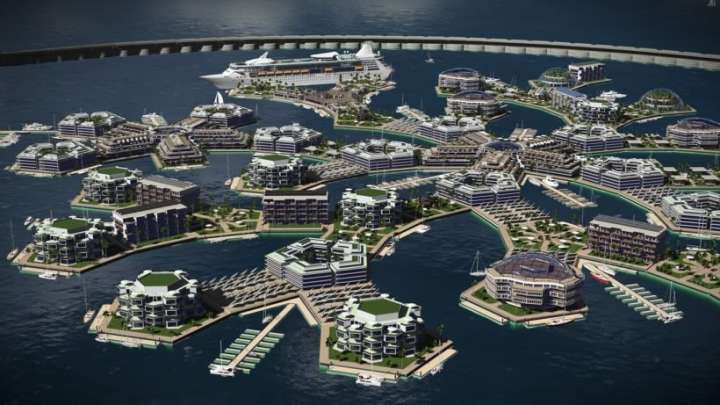
In the hopes of rising above the laws and regulations of terrestrial nations, a group of Silicon Valley millionaires has bold plans to build a floating city in Tahiti, French Polynesia. It sounds like the start of a sci-fi dystopia (in fact, this is the basic premise behind the video game Bioshock), but the brains behind the project say their techno-libertarian community could become a paradise for technological entrepreneurship and scientific innovation.
The Seasteading Institute was set up in 2008 by billionaire PayPal founder Peter Thiel and software engineer, poker player, and political economic theorist Patri Friedman. Both ardent libertarians, their wide-eyed mission is to “establish permanent, autonomous ocean communities to enable experimentation and innovation with diverse social, political, and legal systems.”
“Seasteading will create unique opportunities for aquaculture, vertical farming, and scientific and engineering research into ecology, wave energy, medicine, nanotechnology, computer science, marine structures, biofuels, etc,” their website reads.

A batch of single-cell protein has been produced by using electricity and carbon dioxide in a joint study by the Lappeenranta University of Technology (LUT) and VTT Technical Research Centre of Finland. Protein produced in this way can be further developed for use as food and animal feed. The method releases food production from restrictions related to the environment. The protein can be produced anywhere renewable energy, such as solar energy, is available.
“In practice, all the raw materials are available from the air. In the future, the technology can be transported to, for instance, deserts and other areas facing famine. One possible alternative is a home reactor, a type of domestic appliance that the consumer can use to produce the needed protein,” explains Juha-Pekka Pitkänen, Principal Scientist at VTT.
Along with food, the researchers are developing the protein to be used as animal feed. The protein created with electricity can be used as a fodder replacement, thus releasing land areas for other purposes, such as forestry. It allows food to be produced where it is needed.
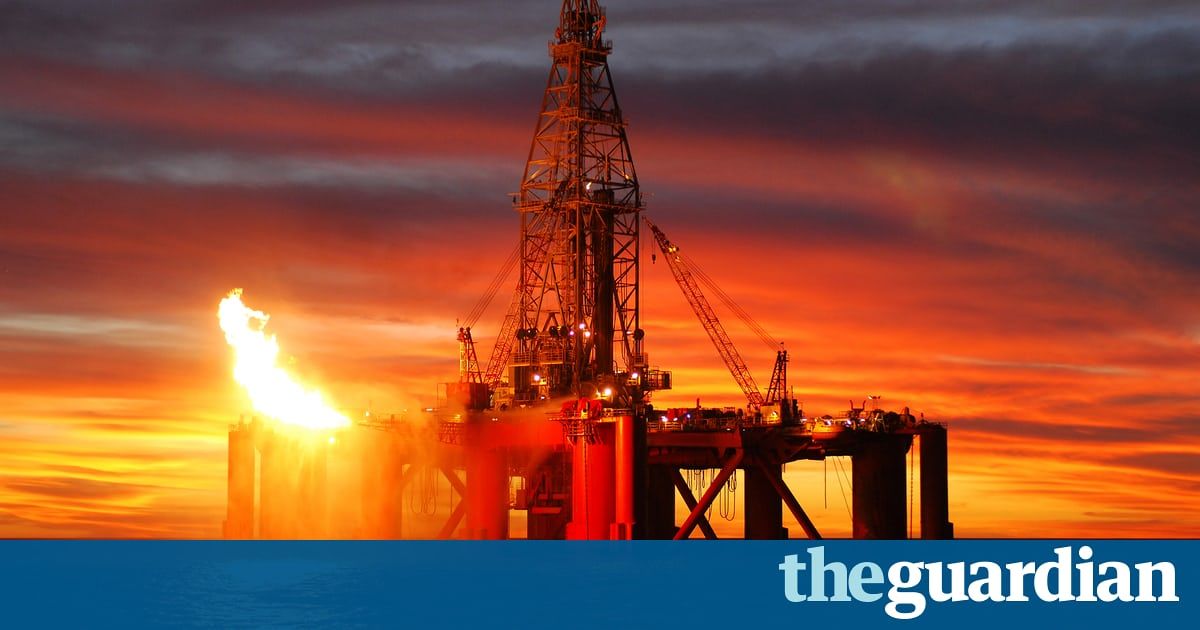
The report found that more than half of global industrial emissions since 1988 – the year the Intergovernmental Panel on Climate Change was established – can be traced to just 25 corporate and state-owned entities. The scale of historical emissions associated with these fossil fuel producers is large enough to have contributed significantly to climate change, according to the report.
A relatively small number of fossil fuel producers and their investors could hold the key to tackling climate change.
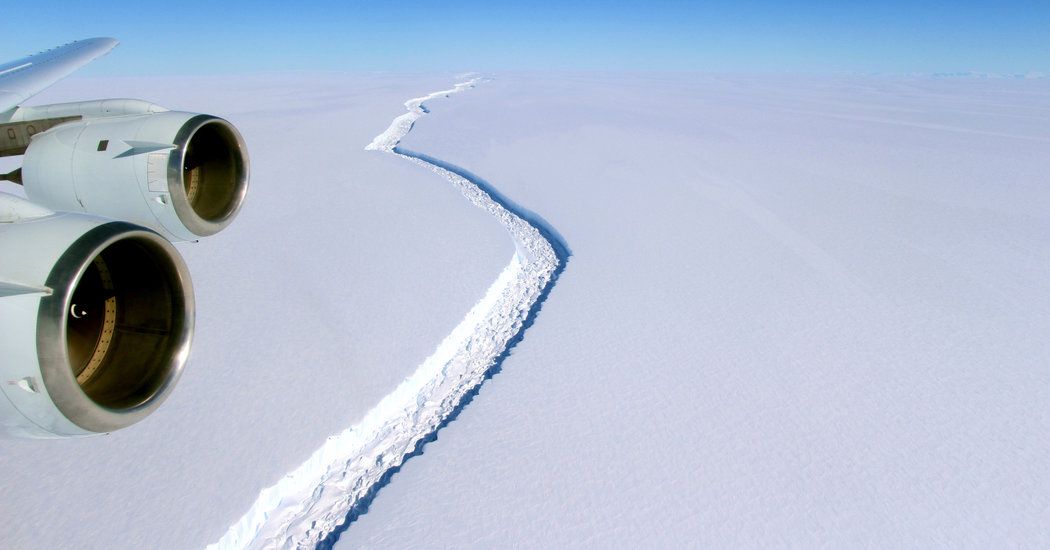
Greenland’s ice sheet, the planet’s second largest after Antarctica, is melting at an alarming rate, losing an estimated 90 cubic miles of ice a year. The melt water that ends up in the ocean is raising sea levels. And then there are the countless glaciers in the Alps, Andes, Himalayas, Rockies and Tibetan Plateau, all melting as our unceasing carbon dioxide emissions — a staggering 35 to 40 billion tons a year — trap more and more heat.
As the Trump administration dismantles the federal government’s efforts to respond to global warming, the natural world has come calling with a reminder: An iceberg the size of Delaware broke off Antarctica’s Larsen C ice shelf in recent days, yet another indication of the rapid change now occurring on the world’s iciest continent.
This is the third floating ice shelf in recent years in Antarctica’s Weddell Sea to fully or partly break up, the first two subverted by warming ocean waters and air temperatures. The Larsen A broke up in 1995. Seven years later, after months of unusually warm temperatures, the Rhode Island-size Larsen B shelf became riddled with meltwater ponds, then fell apart virtually overnight, shattering into millions of pieces. Now a 120-mile-long chunk of the Larsen C has calved, forming one of the largest icebergs ever observed.
The ice shelf has been floating in the frigid waters on the eastern side of the Antarctic Peninsula for at least 10,000 years. It was in the Weddell Sea that Ernest Shackleton’s ship, Endurance, became trapped in ice in 1915, forcing him and his crew to abandon ship in an epic battle for survival. Now a region that not long ago saw only snow and ice is experiencing — at least in its northern reaches — rain in summer.
Reason at Fight Aging! discusses the need to fund and support advocacy as much as research. Ultimately profressional advocacy and marketing could help popularize the field. Currently advocacy is left to a handful of volunteers and zealous individuals and that is not an optimal strategy for growth.
Useful activities in our community can be powered either by zealotry or by money. Zealotry has the advantage of being cheap, but the profound disadvantages of being rare, unreliable, and never quite optimally opinionated for the task at hand. Set a zealot to a challenge and you get the output the zealot decides upon, and only for so long as he or she is suitably motivated by whatever internal alchemy is at work in that particular case. Sustainable, reliable, long-term zealots only exist in stories. Money, on the other hand, has the disadvantage of being expensive, but for for so long as income is greater than expenditure, it can be used to produce reliable, sustainable, long-term outcomes. Changing the world always starts with the zealots, but the whole point of the subsequent bootstrapping process is to transition to money rather than zealotry as a power source just about as rapidly as possible. The future is defined by the few visionaries who care greatly enough to set aside their lives to work upon it, but it is enacted by the vastly greater number of people who take a paycheck and go home at the end of the work day.
To the extent we agree that the advocacy, fundraising, and other matters accomplished via Fight Aging! are good things, we’d like to see more of this taking place. More of it, and not dependent on the fickle motivations of zealots. Ultimately that means finding ways to do what Fight Aging! does, but for profit, with money. In this I do not mean Fight Aging! itself, which will be powered by zealotry until such time as the alchemy fails, at which point it will vanish just like everything else does in time, but something like it, and preferably dozens of varied somethings. Experimentation and diversity drive progress, and we won’t find out exactly what it is that Fight Aging! is doing suboptimally without the existence of many other attempts at the same types of initiative.
In the years that I have been running Fight Aging!, I’ve seen many longevity science interest and news sites come and go. Zealotry has a short half-life. When it comes to the money side of the house, things haven’t been much better, however. The typical ad-supported sites roll over and die fairly quickly; there never was enough money in that to do it for a niche interest such as ours over the past fifteen years. Their business models fail, and they linger a little while on the fumes of zealotry until that also departs. The initiatives that try sponsorship from the “anti-aging” marketplace tend to last longer, but are so corrupted by that revenue that they quickly lose all possible usefulness and relevance. You can’t take money from people pushing interventions that do not work and still speak with correctness and authority.
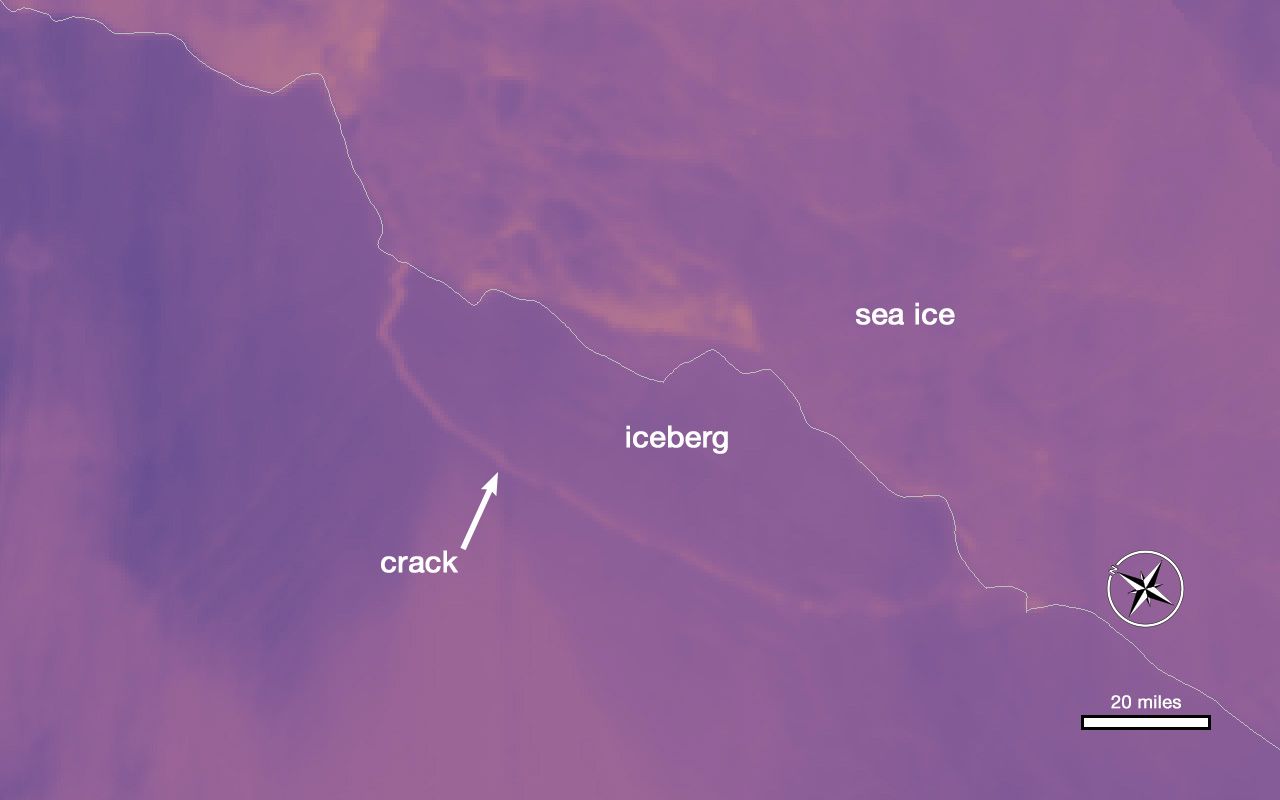
An iceberg about the size of the state of Delaware split off from Antarctica’s Larsen C ice shelf sometime between July 10 and July 12. The calving of the massive new iceberg was captured by the Moderate Resolution Imaging Spectroradiometer on NASA’s Aqua satellite, and confirmed by the Visible Infrared Imaging Radiometer Suite instrument on the joint NASA/NOAA Suomi National Polar-orbiting Partnership (Suomi-NPP) satellite. The final breakage was first reported by Project Midas, an Antarctic research project based in the United Kingdom.
Animation of the growth of the crack in the Larsen C ice shelf, from 2006 to 2017, as recorded by NASA/USGS Landsat satellites.

The Eindhoven High Tech Campus, a 90-minute train ride south of Amsterdam, consists of two rows of nondescript mid-rise office buildings on either side of a wide, tree-lined road. In typical Dutch fashion, there’s more parking for bikes than cars, and the campus is flanked by stretches of neatly-maintained green fields and canals.
The place doesn’t have an especially high-tech feel to it. But on the third floor of a building near the end of the road, a division of Philips Lighting called GrowWise is using technology to tackle a crucial question: what are we going to eat once there are over nine billion people on Earth?
GrowWise is a vertical farming research facility, and in conjunction with Dutch fresh food distributor Staay Food Group, it’s laying the groundwork for the first commercial vertical farm in Europe, slated to open north-east of Amsterdam in a town called Dronten later this year.

The toilet-paper principle suggests that we should be paying as much attention to the cheapest technologies as to the most sophisticated. One candidate: cheap sensors and cheap internet connections. There are multiple sensors in every smartphone, but increasingly they’re everywhere, from jet engines to the soil of Californian almond farms — spotting patterns, fixing problems and eking out efficiency gains.
Forget flying cars or humanoid robots. The most disruptive inventions are often cheap, simple and easy to overlook.
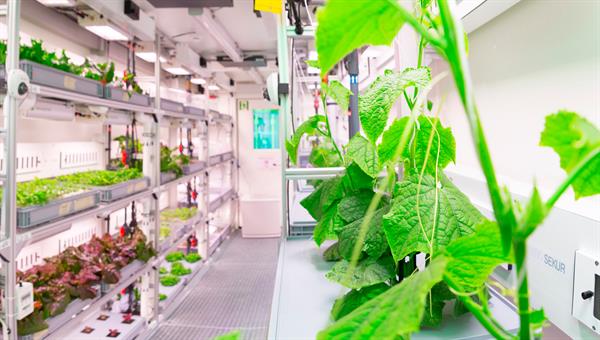
Global food production is one of the key societal challenges of the 21st century. A growing world population with the simultaneous upheaval caused by climate change demand new methods of cultivating crops in regions with unfavourable climates. A closed greenhouse is a good way of growing food in deserts and low-temperature regions – as would be the case on missions to the Moon and Mars – as it permits harvesting regardless of the weather, the Sun and specific seasons. In a closed greenhouse, water consumption is immensely reduced and there is no need for pesticides and insecticides. This kind of model greenhouse will set off for the Antarctic at the end of 2017 for a year of long-term testing under extreme conditions as part of the EDEN-ISS project. Unparalleled elsewhere in the world, this Antarctic greenhouse was presented to the public for the first time at the Bremen site of the German Aerospace Center (Deutsches Zentrum für Luft- und Raumfahrt; DLR) on 7 July 2017.
“DLR is pursuing application-oriented research within the EDEN-ISS project. Its purpose is to bring fresh impetus to food production on Earth and for human space flight,” says Hansjörg Dittus, DLR Executive Board Member for Space Research and Technology. “In doing so, we are advancing the cause of a key technology that will provide a fresh diet to inhabitants of climatically harsh regions – in our case the Antarctic – as well as to astronauts on future long-term missions.”
A year on the eternal ice.